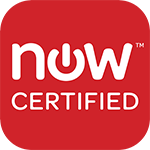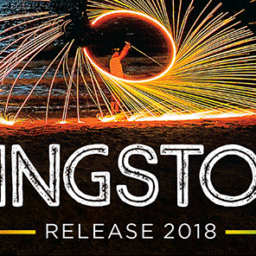
Enhance your ServiceNow capabilities with data normalization, SAM-ready discovery data, & enrichment data.
Eracent Data Enhancements for ServiceNow™
Improved Data Content and Quality for IT Service Management (ITSM) Processes

Discovery and Utilization
ITMC Discovery™ provides a complete and detailed picture of all devices and applications that make up an organization’s network and computing environment. Eracent’s automated ‘bots’ provide cross-platform inventory coverage for desktop, data center, virtual, cloud and mobile environments. Application usage and server utilization can be monitored, providing essential details that support asset and license optimization efforts. Cloud infrastructure usage metrics can also be reported around Amazon Web Services, Azure and other environments to ensure that they are being utilized effectively.
ITMC Discovery has a proven track record of scalability to hundreds of thousands of devices in complex global environments, making it a perfect choice to provide full coverage for enterprises of all sizes.
Data Normalization
ServiceNow instances are typically populated with data from multiple discovery tools and other sources. This can often lead to duplication of items and a jumble of inconsistent naming conventions, decreasing the usefulness and reliability of the data.
Eracent’s SCANMAN™ Data Normalization process transforms inconsistent data from multiple sources into streamlined data that is useful for multiple purposes, including Software Asset Management (SAM). Raw, “noisy” discovery data from SCCM™, ServiceNow Discovery, and other tools can be cleansed and presented with standard naming conventions, resulting in a data set that is easy to understand and use with confidence.
Enrichment Data
Building a comprehensive and accurate product catalog can be a challenge. Since multiple sources of data and different approaches to populating product details are often involved, the consistency and quality of the resulting data can vary significantly.
To help bridge these data gaps, Eracent offers IT-Pedia®, an IT product library that is an invaluable tool for building and maintaining asset and service catalogs. IT-Pedia® provides non-discoverable details about millions of IT products of all types – software, desktop and server-class machines, network equipment, mobile devices, and more – all in one convenient, easy to access source. This enrichment data, which is based around SKUs and manufacturer product codes, includes many key attributes that include:
- Classifications and UNSPSCs
- Makes, models, application names, versions and editions
- Applicable licensing programs and product use rights
- Extended hardware attributes such as weight, physical dimensions and power usage
- Vendor details
This library also includes critical end-of-life (EOL) and end-of-support (EOS) dates for applications and hardware. This information is key when planning refresh cycles to ensure future compatibility and avoid security risks around older applications that can no longer be patched.
IT-Pedia’s® automated one-stop approach empowers ServiceNow customers to create, update and expand their product and service catalogs and individual configuration item (CI) records with all of the attributes that are important for management purposes. IT-Pedia® is updated daily and is available as a subscription service.
Software License Optimization
One of the most beneficial uses for your complete, normalized data set is the ability to conduct regular, automated license reconciliation and optimization reporting around your software portfolio. Eracent’s specialized Continuous License Reconciliation (CLR)™modules utilize this data to calculate Effective License Position (ELP) reports and license optimization recommendations for products from any publisher. This helps ensure compliance around license entitlements, minimizes publisher audit risk, and reduces software expenditures.
CLR modules are available to manage complex license models including IBM’s Processor Value Unit (PVU) and Subcapacity-based products, Oracle database applications, SAP® Engines, Microsoft SQL Server, and many more. Reconciliation results can be automatically loaded to associated records in ServiceNow instances.





